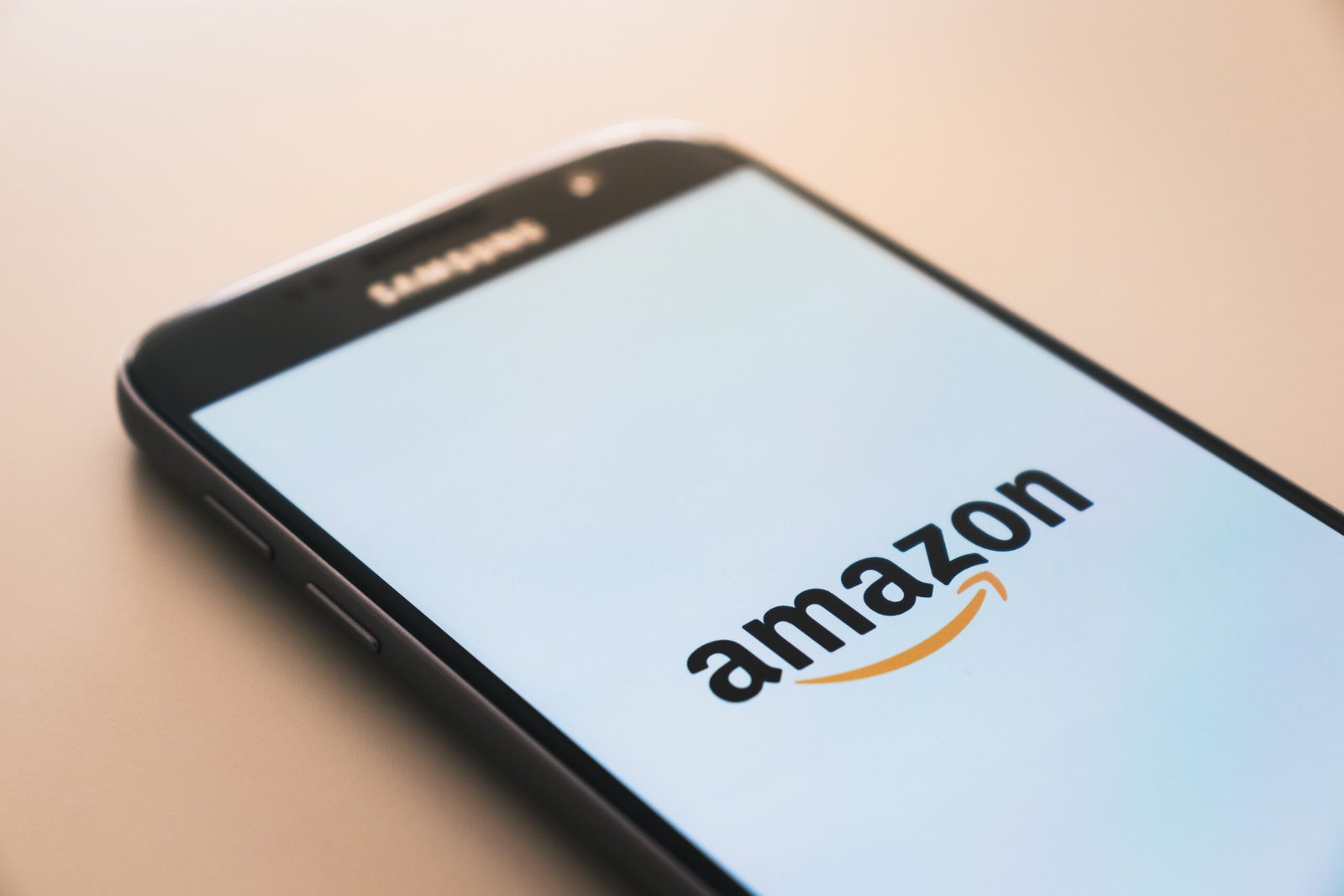In the ever-evolving landscape of the workplace, Amazon has introduced new robotics technology to automate its warehouse jobs. While the company claims that the introduction of AI-powered robots will address safety issues and boost productivity, labor leader Chris Smalls, president of the Amazon Labor Union, believes that this could eventually lead to job cuts and the need for unions to protect workers. Smalls emphasizes the importance of unionizing warehouse workers, especially in light of high injury rates and turnover. He hopes that unions can have a say in how AI and technology are incorporated into the workforce, ensuring that jobs are not simply replaced by machines. However, the path to unionization at Amazon has not been easy, with previous efforts facing obstacles and legal battles. Despite these challenges, Smalls remains committed to keeping the pressure on Amazon and advocating for workers’ rights.

Read more about the Latest Money News
I. Introduction
The introduction of new robotics technology in Amazon’s warehouses has sparked a conversation about the future of work and the impact on workers. While Amazon claims that the new technology is aimed at improving productivity and safety, labor leader Chris Smalls raises concerns about the potential job cuts and the need for worker input in technology integration. This article will explore the background of Amazon’s use of robotics technology, Smalls’ perspective on unionizing warehouse workers, the challenges of unionizing at Amazon, the engagement and actions of the Amazon Labor Union, and the pressure on Amazon to negotiate a contract.
II. Background on Amazon’s Use of Robotics Technology
Amazon has recently announced the adoption of new robotic arms and sorting machines in its warehouses. These machines are powered by artificial intelligence and are intended to address safety issues and boost productivity. The introduction of robotics technology is not new for Amazon, as the company has been working on creating robotic arms that can match the performance of human workers. However, the use of automation raises questions about the potential impact on the hundreds of thousands of workers in Amazon’s warehouses. Amazon denies that the goal is to reduce jobs, but Smalls believes that job cuts may be inevitable in the future.
Read more about the Latest Money News
III. Labor Leader Chris Smalls’ Perspective
Chris Smalls, the president of the Amazon Labor Union, emphasizes the importance of unionizing warehouse workers to protect their rights and working conditions. Smalls addresses the high rates of injury and turnover in Amazon’s warehouses and expresses support for machinery that can help reduce injuries. However, he is concerned about the replacement of jobs with automation and emphasizes the need for worker input in the integration of AI and technology.
IV. Challenges of Unionizing Workers at Amazon
Unionizing workers at Amazon has proven to be challenging. While there was a historic win at a warehouse in Staten Island, there have been failures in union drives at an Alabama warehouse and among California drivers. Amazon has also engaged in legal battles and appeals, which has created doubt about the union’s ability to tip the balance of power. The weak U.S. labor laws also pose challenges for the union’s efforts.

V. Engagement and Actions of the Amazon Labor Union
The Amazon Labor Union has been actively engaging with its members through demonstrations and regular outreach. The union has also played a role in drafting the Warehouse Worker Protection Act, which aims to address work quotas and protect workers in New York. However, without a contract, the union is unable to secure concrete protections for injured workers or those whose jobs may be affected by automation in the future. The union emphasizes the need for a contract to ensure the safety and well-being of its members.
VI. Discord Within the Amazon Labor Union
The Amazon Labor Union has faced internal discord, with a reform group within the union filing a lawsuit for a leadership election. This infighting has affected the union’s image, but Smalls remains determined and resilient. He believes that the concerns raised by a small number of individuals within the union do not reflect the unity and goals of the majority.

VII. Pressure on Amazon to Negotiate a Contract
The Amazon Labor Union faces financial constraints, which currently prevent them from initiating a strike. However, the union acknowledges the possibility of a future strike if their financial position changes. Additionally, organizing other warehouses is seen as a way to put pressure on Amazon and potentially influence the interpretation of labor laws by the National Labor Relations Board (NLRB).
VIII. Smalls’ Disapproval of Replacing Workers with Robots
Chris Smalls strongly disapproves of replacing workers with robots and emphasizes the importance of the human touch in the workforce. He believes that worker productivity and dignity should be upheld, and that jobs should not be replaced solely for the sake of automation.
IX. Conclusion
The use of robotics technology in Amazon’s warehouses raises concerns about the future of work and the potential impact on workers. While Amazon denies that the goal is to reduce jobs, labor leader Chris Smalls remains vigilant in his efforts to unionize warehouse workers and ensure their rights and well-being. The challenges of unionizing at Amazon, internal discord within the union, and financial constraints pose obstacles, but the determination and engagement of the Amazon Labor Union continue to put pressure on Amazon to negotiate a contract and address the concerns of its workers.









